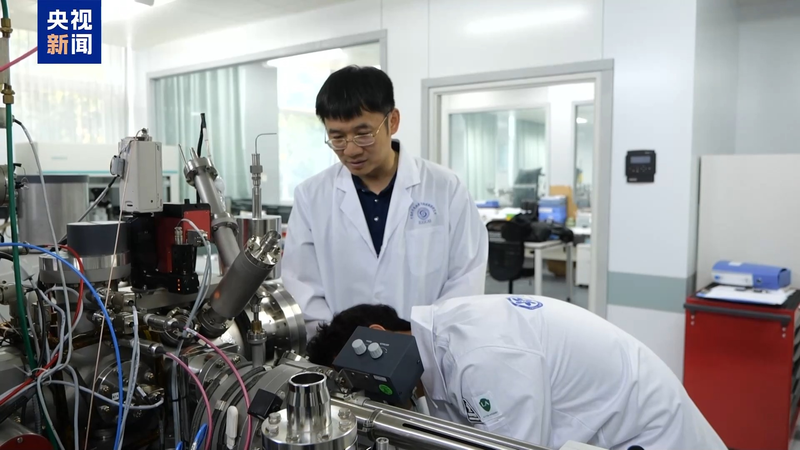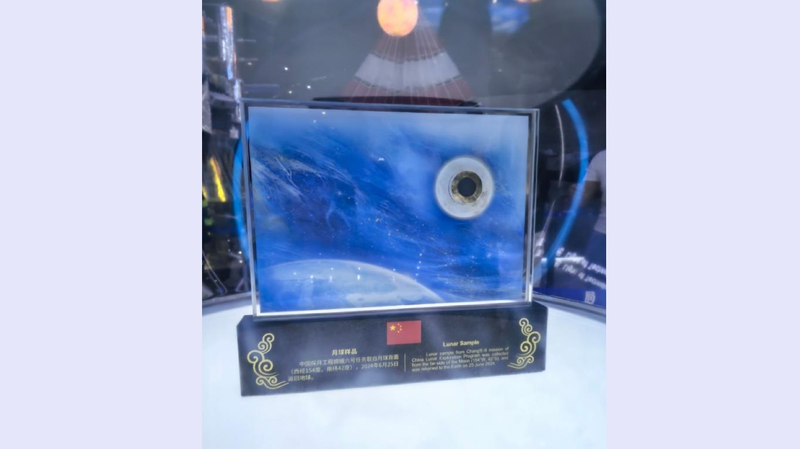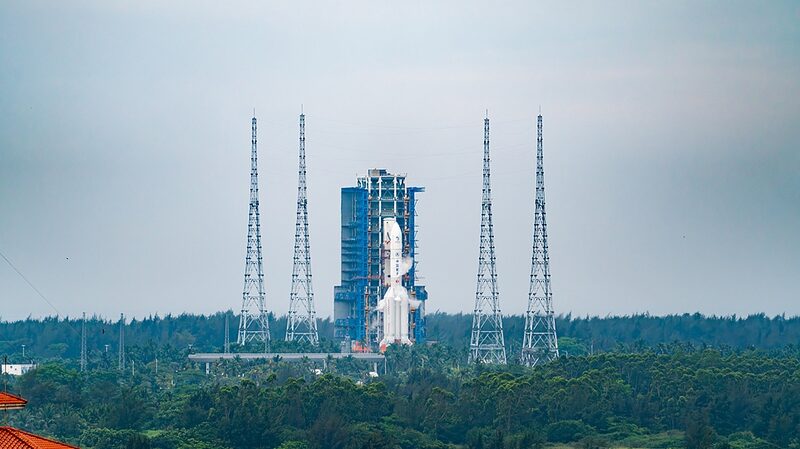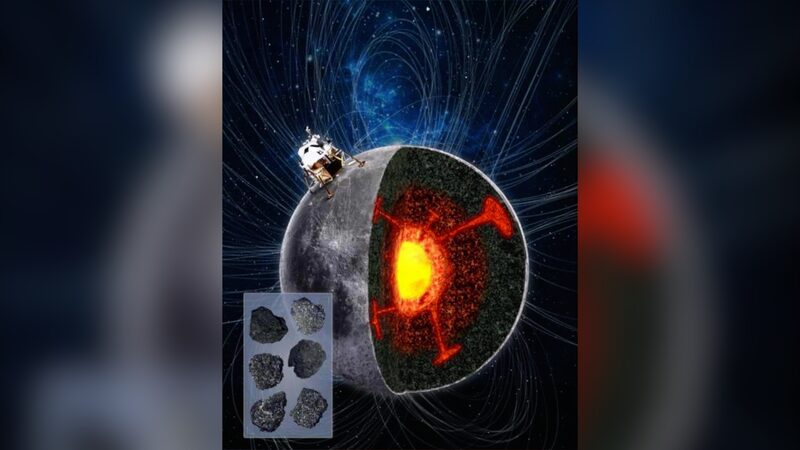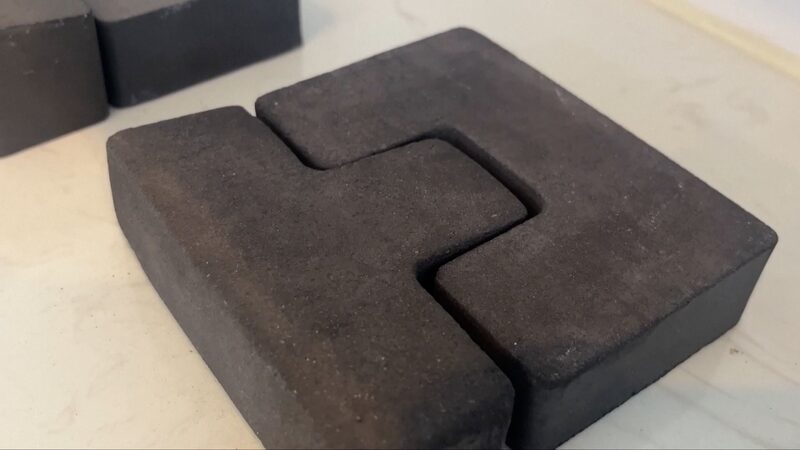Chinese scientists analyzing lunar samples from the Chang'e-6 mission have uncovered groundbreaking insights into the moon's geological evolution, challenging long-held assumptions about Earth's celestial companion. The study, published in Nature Communications, reveals that the far side's mantle exists in a strikingly 'reduced' state compared to the near side—a discovery that could rewrite theories of lunar formation.
The samples, collected from the moon's lesser-known hemisphere, show evidence of a drier, more barren mantle with elements in an unusually low oxidation state. This finding suggests either primordial conditions preserved deep beneath the surface or transformative effects from ancient cosmic collisions.
"This redox disparity between the moon's hemispheres is like finding two different geological histories in one celestial body," said Yang Wei of the Chinese Academy of Sciences. The discovery carries implications for understanding planetary habitability and resource distribution, with potential ramifications for future space exploration programs.
Researchers emphasize that these findings not only advance lunar science but also demonstrate China's growing capabilities in space exploration. The Chang'e-6 mission's success in retrieving far-side samples—a first in human space exploration—highlights technological advancements enabling new frontiers in extraterrestrial research.
As international space agencies prepare for renewed lunar exploration, this discovery underscores the importance of continued sample analysis and cross-border scientific collaboration. The findings may influence strategies for upcoming missions targeting lunar resources and long-term habitat development.
Reference(s):
New discovery: China's lunar samples deepen understanding of the moon
cgtn.com
